Wrist pain is a common issue, and we see it in our physiotherapy clinics all the time. It affects people of all ages and backgrounds. Whether it’s caused by injury, repetitive strain, or underlying conditions, wrist pain can significantly impact daily activities and overall quality of life. In this article, we explore the main causes of wrist pain and effective exercises to help get rid of your wrist pain quickly and efficiently.
Some of the Main Causes of Wrist Pain
Wrist pain can stem from various factors, ranging from overuse injuries to medical conditions. Here are some common causes:
Repetitive Strain
Engaging in repetitive motions, such as typing on a keyboard or using hand tools, can lead to overuse injuries like carpal tunnel syndrome and tendonitis, resulting in wrist pain. Wrist pain is particularly common in those who undertake rigorous physical activity in day-to-day life, such as manual labourers and athletes.
Sprains and Strains
Sudden impacts or excessive bending of the wrist can cause ligaments and muscles to stretch or tear, leading to pain, swelling, and limited movement.
Arthritis
Osteoarthritis and rheumatoid arthritis can affect the wrist joint, causing inflammation, stiffness, and pain.
Fractures
Accidents or falls may result in wrist fractures, causing intense pain, swelling, and difficulty moving the wrist.
Nerve Compression
Conditions like carpal tunnel syndrome, where the median nerve becomes compressed in the wrist, can cause pain, numbness, and tingling sensations.
Ganglion Cysts
These fluid-filled sacs can develop near wrist joints, causing discomfort and limiting movement.
De Quervain’s Tenosynovitis
Inflammation of the tendons on the thumb side of the wrist can cause pain when moving the thumb or wrist.
Poor Ergonomics
Incorrect posture and improper wrist positioning during activities can strain muscles and joints, leading to pain over time.
Identifying the specific cause of wrist pain is crucial for effective treatment and management and your physiotherapist is best placed to identify this.
6 Tried and Tested Wrist Pain Exercises
Exercise and strength can play a vital role in alleviating wrist pain and improving strength and flexibility. Here are some beneficial exercises to consider:
1. Wrist Flexor Stretch
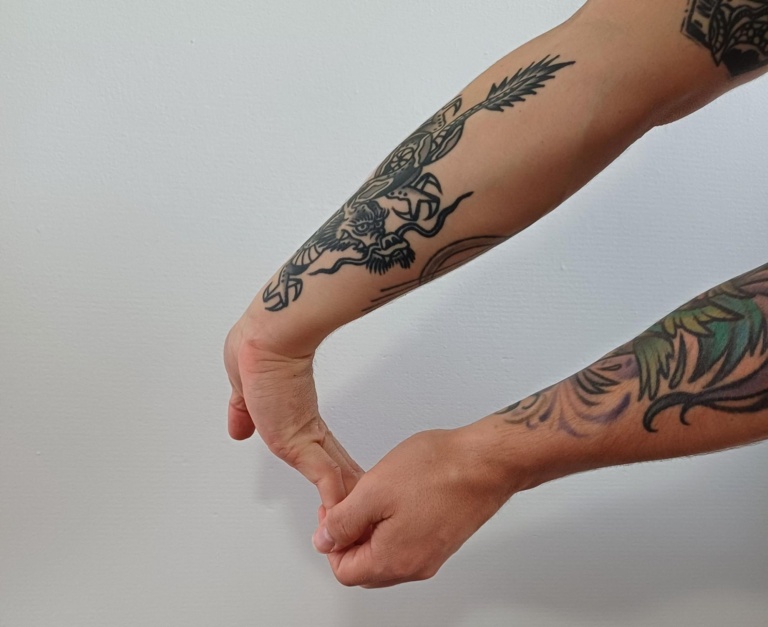
Extend your arm in front of you with the palm facing up. Use the opposite hand to gently bend the wrist backward until you feel a stretch in the forearm. Hold for 15-30 seconds and repeat on the other side. Perform 2-5 times a day, but ensure to not overdo it.
2. Wrist Extensor Stretch
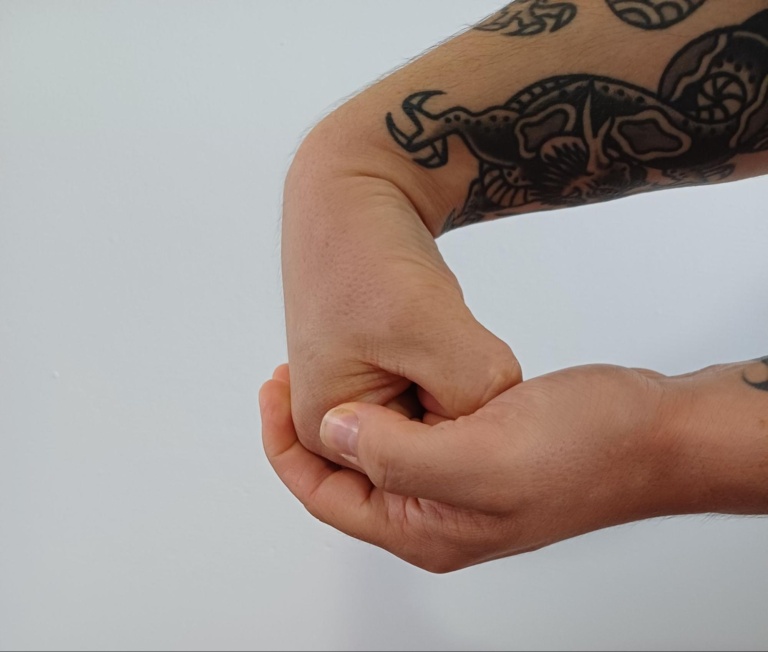
Extend your arm in front of you with the palm facing down. Make a fist and then use the opposite hand to gently bend the wrist downward until you feel a stretch in the forearm. Hold for 15-30 seconds and repeat on the other side. Repeat 2-5 times a day, but don’t push through pain!
3. Wrist Circles
Make a fist and then perform gentle circular motions with your wrists, moving clockwise and then counterclockwise. This exercise helps improve wrist mobility and reduces stiffness. Perform for around 30 seconds at a time, 3-4 times a day.
4. Wrist Flexion and Extension
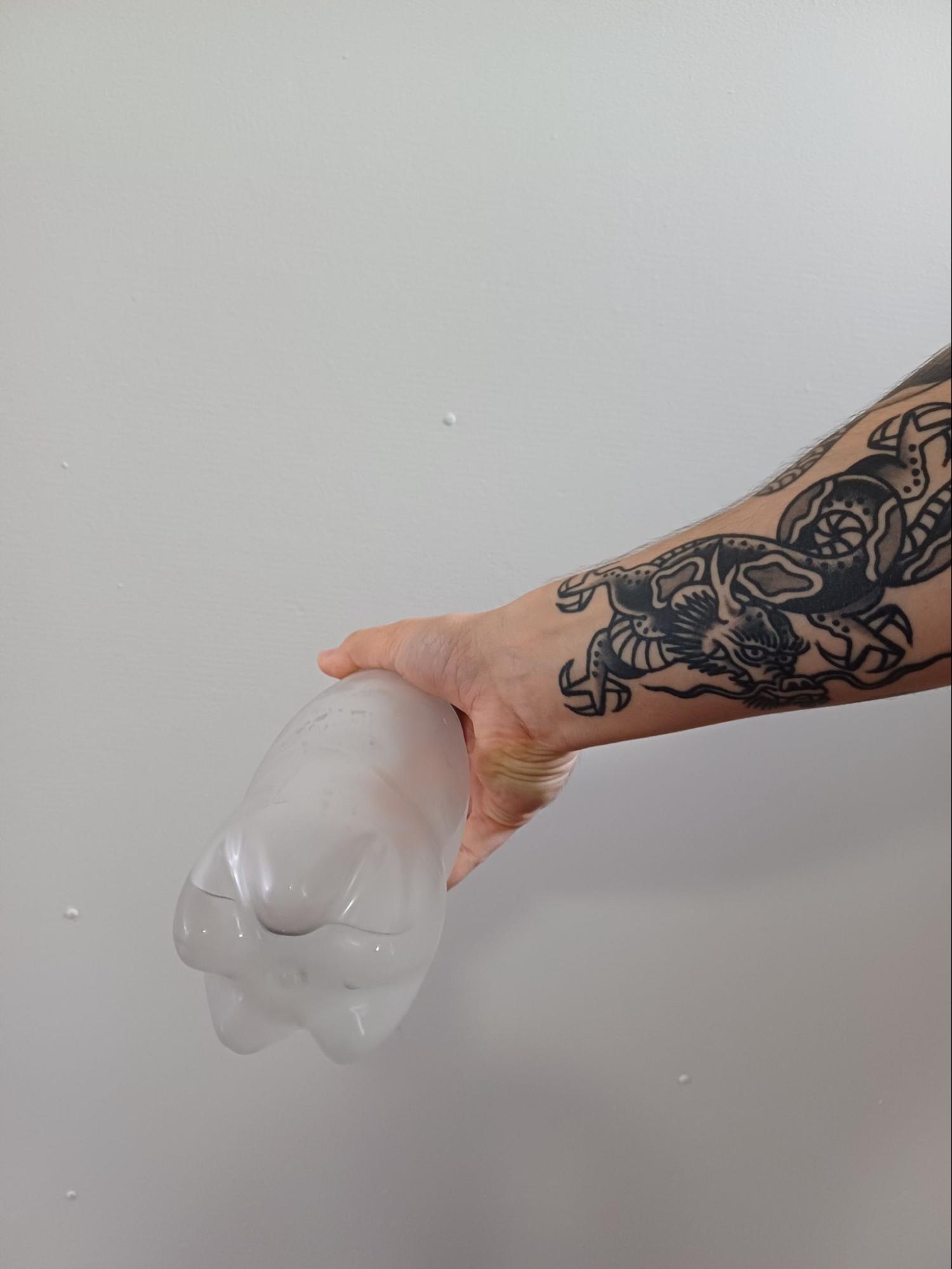
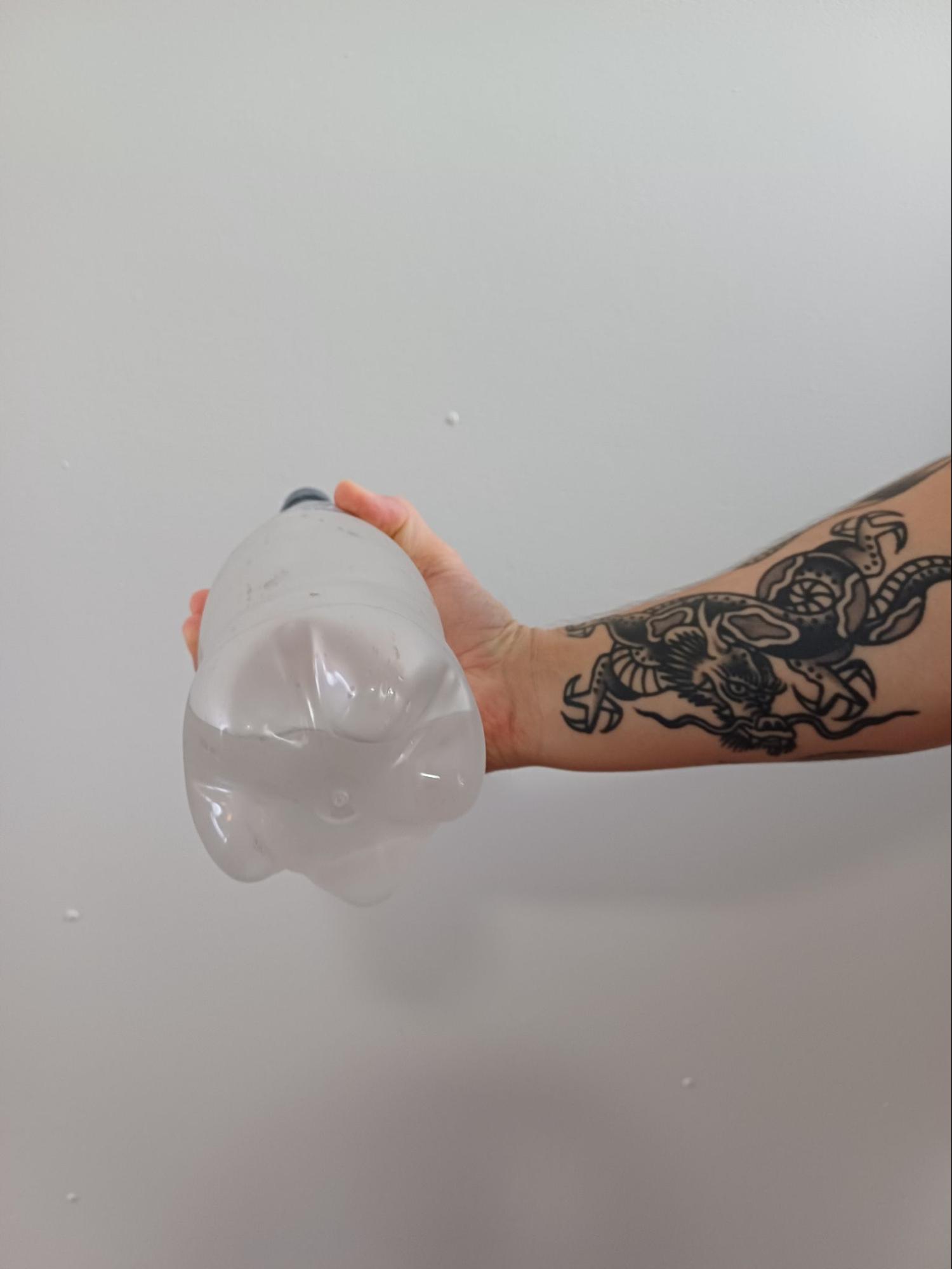
Hold a lightweight (such as a dumbbell or water bottle) in your hand with your palm facing up. Slowly bend your wrist upward, then downward, keeping your forearm stable. Perform 2-3 sets of 10-15 repetitions and repeat 2-3 times per day, but again, ensure not to overdo it and be mindful of any pain.
5. Grip Strengthening

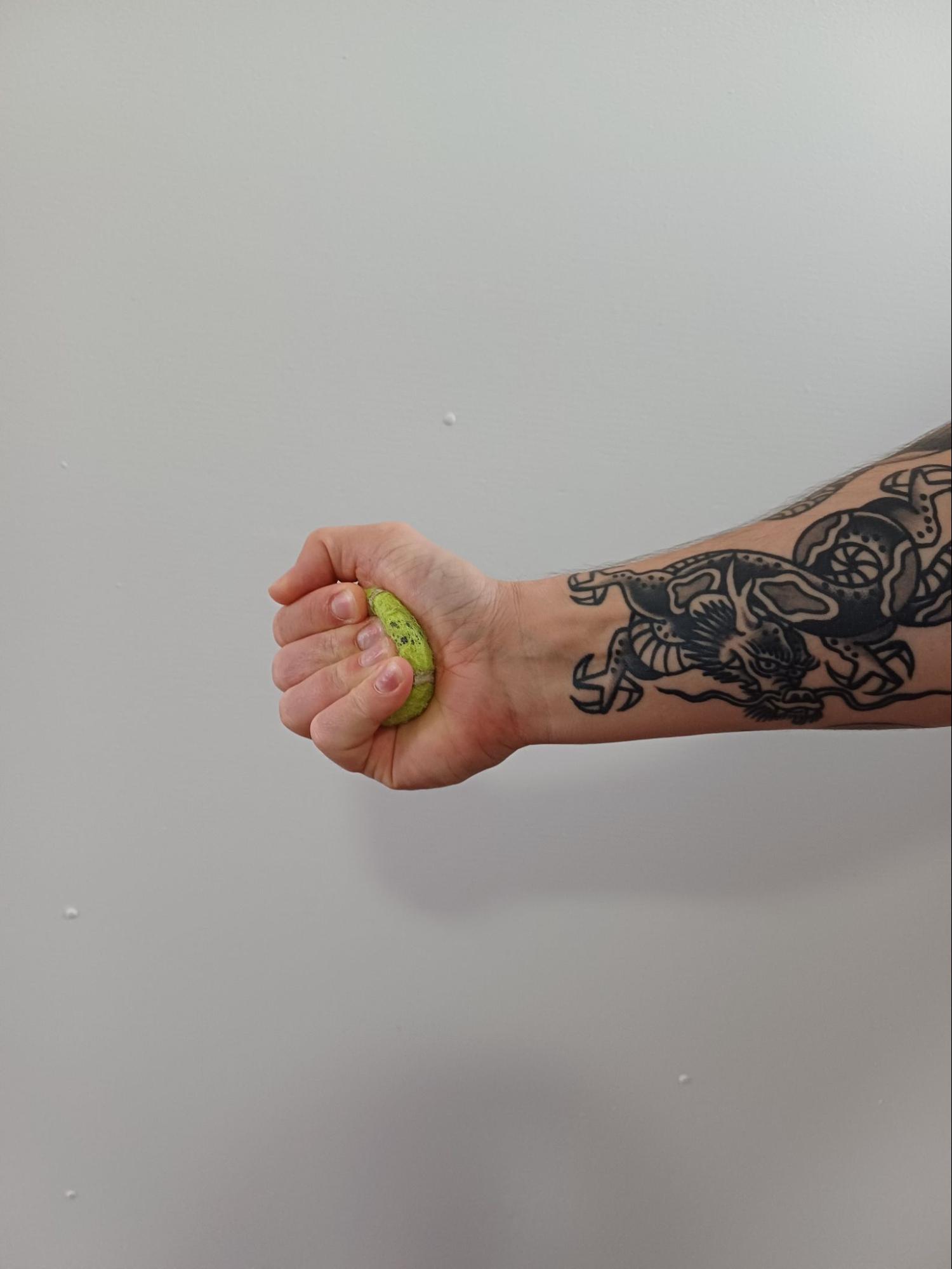
Squeeze a soft stress ball or hand grip exerciser for 5-10 seconds, then release. Repeat 10-15 times on each side to strengthen the muscles in your hands and wrists. Repeat 2-3 times a day.
6. Finger Touches
Spread your fingers wide apart, then touch each fingertip to the thumb, creating an “O” shape with your hand. Repeat 10-15 on each hand times to improve finger dexterity and coordination, and perform the whole set 2-3 times a day.
All of these exercises should be performed gently and without causing pain. If you experience discomfort, stop immediately and consult a physiotherapist for guidance.
Can a Physiotherapist Help Reduce Wrist Pain?
Physiotherapists are highly trained healthcare professionals who specialise in treating musculoskeletal conditions, including wrist pain. Here’s how they can help:
1. Assessment and Diagnosis
A physiotherapist will conduct a thorough evaluation to identify the underlying cause of your wrist pain, which may involve physical examinations, medical history review, and diagnostic tests if necessary.
2. Personalised Treatment Plan
Based on your assessment findings, a physiotherapist will develop a customised treatment plan tailored to your specific needs and goals. This may include a combination of manual therapy techniques, therapeutic exercises, and modalities that help reduce the pain and inflammation associated with the wrist injury.
3. Hands-On Therapy
Manual therapy techniques, such as joint mobilizations, soft tissue massage, and stretching, can help reduce pain, improve joint mobility, and enhance tissue healing.
4. Exercise Prescription
A physiotherapist will prescribe targeted exercises to strengthen muscles, improve flexibility, and correct biomechanical imbalances, addressing the root cause of your wrist pain.
5. Ergonomic Advice
Your physiotherapist can provide guidance on proper ergonomics and workplace modifications to prevent future injuries and optimise wrist health.
6. Education and Self-Management Strategies
By educating yourself about your condition and teaching self-management strategies, such as activity modification and pain-relieving techniques, a physiotherapist empowers you to take an active role in your recovery journey.
Contact Benchmark Physio Today
Wrist pain can be a challenging and debilitating condition, but with the right approach, it is manageable. By understanding the causes of wrist pain, engaging in appropriate exercises, and seeking guidance from a physiotherapist, you can effectively reduce pain, improve function, and regain control over your wrist health. Don’t let wrist pain hold you back—take proactive steps towards recovery and enjoy a pain-free lifestyle. Contact us today to find out how we can help you.









